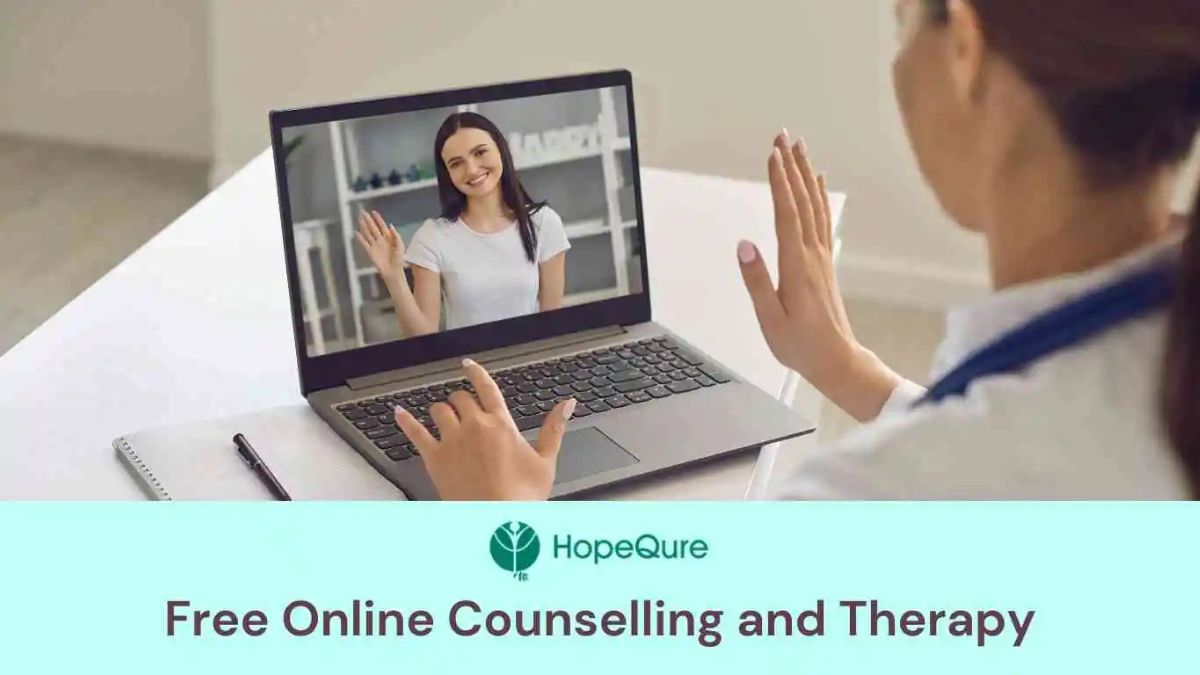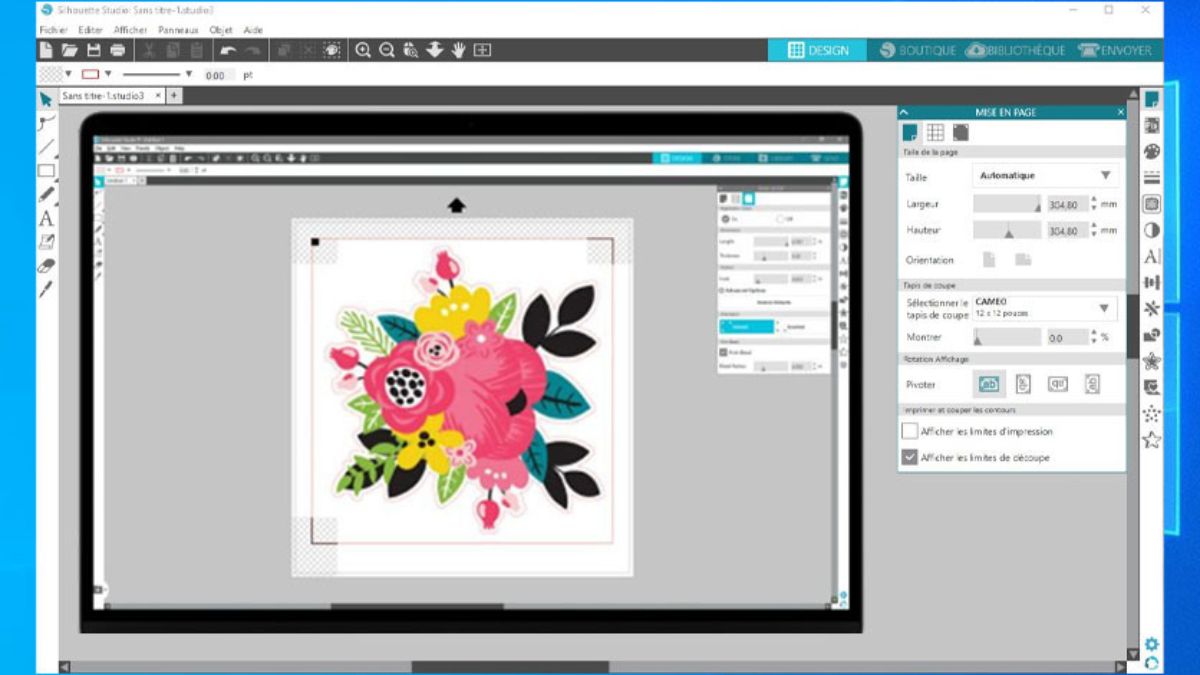Mental health support has never been more accessible. With the rise of digital platforms, you can now connect with licensed therapists from the comfort of your own home, during your lunch break, or even while traveling. Online counseling has transformed how we approach mental wellness, breaking down traditional barriers and making professional support available to millions who might otherwise go without help.
This comprehensive guide will walk you through everything you need to know about online counseling—from how it works to choosing the right platform for your needs. Whether you’re dealing with anxiety, depression, relationship issues, or simply want to prioritize your mental health, understanding your digital therapy options can be the first step toward positive change.
What Is Online Counseling?
Online counseling, also known as teletherapy or e-therapy, is professional mental health support delivered through digital platforms. Licensed therapists provide the same quality care you’d receive in traditional office settings, but through video calls, phone sessions, live chat, or messaging platforms.
The practice gained significant momentum during the COVID-19 pandemic, when social distancing requirements forced therapists and clients to find alternative ways to connect. However, the benefits became so apparent that many practitioners and clients have continued using digital platforms even as in-person options returned.
Online therapy encompasses various communication methods. Video sessions closely mirror traditional face-to-face therapy, allowing for visual cues and personal connection. Phone therapy offers privacy and convenience, particularly useful for those with busy schedules or limited privacy. Text-based therapy provides ongoing support throughout the week, letting you process thoughts and receive guidance between scheduled sessions.
Types of Online Therapy Platforms
Video-Based Therapy Sessions
Video therapy sessions function much like traditional appointments, except you meet your therapist through a secure video platform. These sessions typically last 45-60 minutes and allow for real-time conversation, visual connection, and the full therapeutic experience you’d expect from in-person visits.
Popular platforms like BetterHelp, Talkspace, and specialized practice management software provide secure, HIPAA-compliant video capabilities. Many therapists also use established platforms like Zoom for Healthcare or SimplePractice.
Text and Messaging Therapy
Text-based therapy offers unique flexibility that traditional counseling cannot match. You can send messages to your therapist throughout the week, processing thoughts and emotions as they arise rather than waiting for your next appointment.
This format works particularly well for people who express themselves better in writing or prefer time to carefully consider their thoughts before sharing. Many find that writing about their experiences helps them process emotions more thoroughly.
Phone-Based Counseling
Phone therapy removes visual barriers and can feel less intimidating for some clients. It’s particularly useful for those who have limited internet access, prefer audio-only communication, or need to maintain sessions while traveling or commuting.
The absence of visual cues doesn’t diminish therapeutic effectiveness. Many clients report feeling more comfortable opening up when they don’t have to worry about their appearance or facial expressions.
Benefits of Online Counseling
Accessibility and Convenience
Online counseling eliminates geographical barriers that often prevent people from accessing quality mental health care. Rural communities, areas with therapist shortages, and individuals with mobility limitations can connect with licensed professionals regardless of location.
Scheduling becomes dramatically more flexible. You can attend sessions during lunch breaks, after children go to bed, or during other convenient times without factoring in commute time or office hours.
Reduced Stigma and Increased Privacy
Many people feel more comfortable seeking mental health support when they can do so privately from their own space. Online counseling reduces the perceived stigma of “going to therapy” since there’s no waiting room, no running into acquaintances, and no visible signs that you’re receiving mental health treatment.
Cost-Effectiveness
Online counseling often costs less than traditional therapy. Lower overhead costs for therapists frequently translate to more affordable rates for clients. Additionally, you save money on transportation, parking, and time off work for appointments.
Many online platforms offer subscription models that include unlimited messaging with scheduled video sessions, providing more comprehensive support for a predictable monthly fee.
Continuity of Care
Online platforms make it easier to maintain consistent therapeutic relationships even when circumstances change. Moving to a new city, traveling for work, or dealing with temporary mobility issues doesn’t have to interrupt your mental health care.
Potential Drawbacks and Considerations
Technology Barriers
Reliable internet connection and basic technology skills are essential for successful online counseling. Technical difficulties can disrupt sessions and potentially impact therapeutic progress. Some clients, particularly older adults, may feel uncomfortable with digital platforms.
Limited Nonverbal Communication
While video sessions provide visual connection, subtle nonverbal cues can be harder to detect through screens. Some therapeutic techniques that rely heavily on physical presence or specific environmental controls may be less effective in online formats.
Crisis Intervention Limitations
Online counseling has limitations in crisis situations. Therapists cannot physically intervene or easily coordinate emergency services when clients are in different locations. Most platforms have protocols for crisis situations, but immediate in-person intervention can be challenging.
Privacy Concerns in Shared Spaces
Maintaining privacy during online sessions can be difficult for clients in shared living situations, small apartments, or homes with children. Finding a private, quiet space for therapy sessions may require advance planning.
How to Choose the Right Online Counseling Platform
Licensing and Credentials
Verify that any platform you consider employs licensed mental health professionals. Check therapist credentials, specializations, and licensing in your state. Reputable platforms provide detailed therapist profiles including education, experience, and areas of expertise.
Security and Privacy Features
Ensure the platform uses end-to-end encryption and complies with HIPAA privacy requirements. Look for platforms that store data securely and have clear privacy policies about how your information is used and protected.
Communication Options
Consider which communication methods work best for your lifestyle and therapeutic needs. Some people thrive with video sessions, while others prefer messaging or phone calls. Many platforms offer multiple options, letting you choose what feels most comfortable.
Cost and Insurance Coverage
Compare pricing structures across platforms. Some charge per session, while others offer monthly subscriptions. Check whether your insurance covers online counseling and if the platform accepts your insurance or provides documentation for reimbursement.
Specializations and Therapeutic Approaches
Look for platforms that include therapists specializing in your specific concerns, whether that’s anxiety, depression, trauma, relationships, or other issues. Different therapists use various approaches—cognitive behavioral therapy, dialectical behavior therapy, psychodynamic therapy—so finding someone whose methods align with your preferences is important.
Getting Started with Online Counseling
Technical Preparation
Test your internet connection, camera, and microphone before your first session. Download any required apps and create accounts in advance. Ensure you have a private, quiet space where you won’t be interrupted during sessions.
Setting Expectations
Online counseling requires some adjustment, even for people comfortable with technology. Be patient as you and your therapist establish rapport and find the communication rhythm that works best for both of you.
Discuss your goals, preferences, and any concerns about the online format during your first session. A good therapist will help you navigate the digital therapeutic relationship and adjust their approach to maximize effectiveness.
Creating a Therapeutic Environment
Designate a specific space in your home for therapy sessions when possible. This helps create psychological boundaries between therapy time and regular daily activities. Consider factors like lighting, background noise, and comfort when choosing your therapy space.
Taking the Next Step Toward Better Mental Health
Online counseling has democratized access to mental health support, making professional therapy available to millions who might otherwise struggle to find help. The convenience, accessibility, and effectiveness of digital therapy platforms continue to improve as technology advances and more therapists embrace online practice.
The most important step is simply starting. Whether you choose video sessions, messaging therapy, or phone-based support, connecting with a licensed mental health professional can provide the guidance and tools you need to navigate life’s challenges and improve your overall wellbeing.
Research platforms that align with your needs, budget, and communication preferences. Many offer free consultations or trial periods, allowing you to explore the format before making a longer-term commitment. Your mental health deserves the same attention and care you give to your physical health—online counseling makes prioritizing that care easier than ever before











